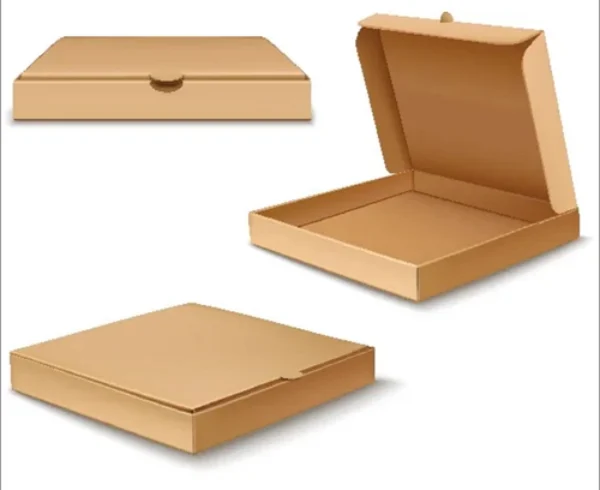What is the environmental impact of this archival box, and is it recyclable?

Archival boxes are a type of storage container designed to protect delicate or valuable items, such as photographs, documents, or artwork, from damage caused by exposure to light, dust, and moisture. While archival boxes provide important protection for these items, they can also have environmental impacts, particularly if they are not disposed of properly. Here are some things to consider when evaluating the environmental impact of an archival box:
- Materials: Archival boxes are typically made from acid-free, lignin-free, and buffered materials, such as high-quality paper or board. These materials are designed to be stable and durable, and they do not contain any harmful chemicals that could damage the items stored inside. However, the production of these materials can still have environmental impacts, particularly if they are made from virgin wood pulp or other non-renewable resources.
- Manufacturing: The manufacturing process for archival boxes can also have environmental impacts, particularly if it involves energy-intensive processes, such as pulping, bleaching, or printing. Additionally, the transportation of raw materials and finished products can contribute to greenhouse gas emissions and other environmental impacts.
- Disposal: The disposal of archival boxes can also have environmental impacts, particularly if they are not recycled or disposed of properly. If archival boxes are disposed of in landfills, they can contribute to the production of methane, a potent greenhouse gas. Additionally, the decomposition of paper products in landfills can release other harmful chemicals and pollutants into the environment.
In terms of recyclability, most archival boxes are made from materials that are recyclable, such as paper or cardboard. However, it is important to check with the manufacturer or supplier to ensure that the specific materials and construction of the box are recyclable in your local recycling program. Some archival boxes may have additional components, such as metal corners or plastic handles, that cannot be recycled, so it is important to separate these components before recycling the box.
In general, the environmental impact of an archival box will depend on a number of factors, including the materials used, the manufacturing process, and the disposal method. To minimize the environmental impact of archival boxes, consider the following:
- Choose materials that are made from renewable resources or recycled materials.
- Choose products that are made using energy-efficient manufacturing processes.
- Recycle or reuse archival boxes whenever possible, rather than disposing of them in landfills.
- Choose products that are made by companies with strong environmental policies and practices.
- Look for products that have been certified by third-party organizations, such as the Forest Stewardship Council or the Sustainable Forestry Initiative.
In conclusion, while archival boxes provide important protection for valuable or delicate items, they can also have environmental impacts. To minimize these impacts, it is important to choose products that are made from sustainable materials, manufactured using energy-efficient processes, and disposed of properly. By considering the environmental impact of archival boxes, we can help to protect not only our valuable items but also the environment as a whole.




Leave a Comment